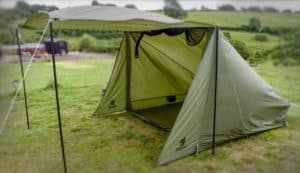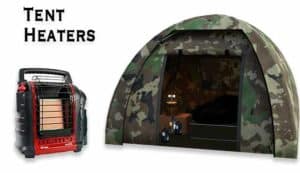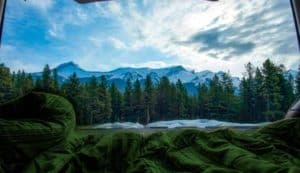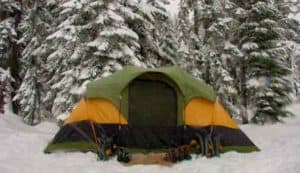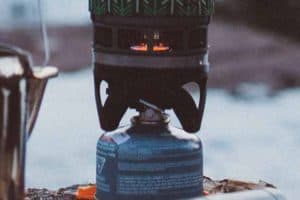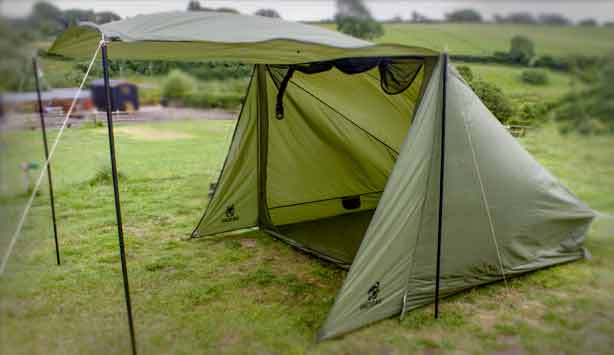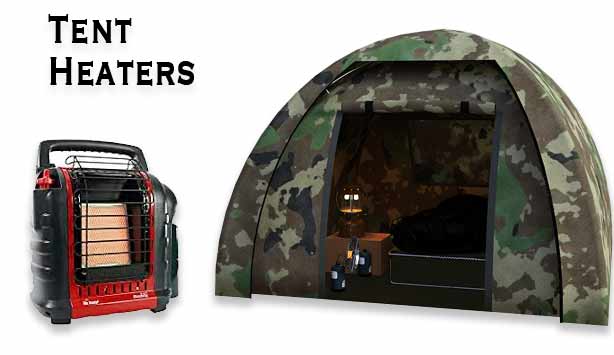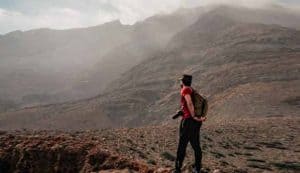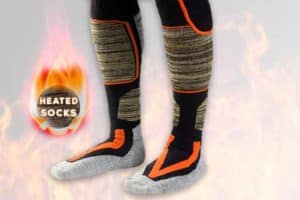This page may have Commerce Content. If you buy something from our posts, we may get a small share of the sale. Click here for more.
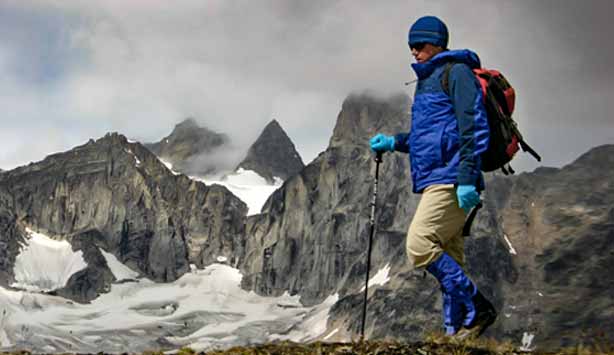

Editor & Article Writer for Outdoor Wilds
How to Layer Clothes for Cold Weather
One of the most important things to know about cold weather is that layers are your best friend. A general rule is that two or three thin or medium-thick layers are always better than a single thick layer.
The air that gets trapped in between those layers of clothing acts as insulation for superior heat retention.
How you layer your clothes and what kind of clothing those layers consist of will make a big difference. For maximum heat retention, follow this guide on how to layer clothes for cold weather.
The Three Layers
Let’s take a look at the three layers you need to dress in for cold weather, their purposes, what materials are best, and some good examples.
The Base Layer
The first layer that you need to wear, the layer that is right up against your skin, is a base layer with the ability to keep you warm and dry.
Purpose
There are two purposes that the base layers serve, to insulate your body heat and to keep you dry, with keeping dry being the primary concern. The reason why this is important is that moisture is your enemy in the cold.
When you dress for the cold, you put on lots of clothes, and when you start moving, this can make you sweat. When you sweat in the cold, heat will be sucked away from your body very quickly when you get wet.
Therefore, it is vital that above anything else, the base layer you wear wicks moisture away from the skin.
Insulation and heat retention are also a part of this base layer. Still, all the insulation in the world won’t make a difference if you are wet.
Materials and Examples
There are a few choices in terms of the materials that this base layer (for moisture-wicking and insulation) should be made of.
Nylon, merino wool, silk, and polyester are perfectly fine options, as long as the specific piece of clothing is good at wicking moisture away from the skin.
One material that you need to stay away from, particularly for this base layer, is cotton. Cotton absorbs moisture, and it will lead to you being colder than you would be if you weren’t wearing this base layer at all.
A variety of thermally insulating long underwear and long sleeve shirts are generally your best bet.
Even regular underwear and shirts may do the trick if the temperature is not far too cold. Garments specially designed for cold weather hikers and skiers are a go-to option as well.
The Middle Layer
Next is the middle layer, and this one is all about keeping you warm.
Purpose
Unlike the base layer that serves two primary purposes, keeping you warm and dry, this middle layer has one primary goal, and that is to keep you warm. It’s all about retaining as much body heat as possible.
The two main things to look for are the material’s thickness and weight and the material itself.
Materials and Examples
Four types of materials or jackets can be worn for this middle layer (particularly for your upper body). Keep in mind that there are generally more options for your torso than there are for your legs.
Wool and Wool Blends
A thick jacket made of wool will retain a lot of heat, which is true for wool blends. Wool features excellent heat retention, and it is breathable too.
Fleece
Fleece is another material that is excellent in terms of heat retention, and just like wool, it is breathable. There is also the clear advantage that fleece, particularly polyester fleece, dries quickly if it gets wet.
Down
Down, also known as feathers from young birds (usually goose), is pound-for-pound the best material for heat retention.
The higher the down jacket’s fill power (up to 900), the better its heat retention.
Synthetic Insulated Jackets
If you don’t want to shell out top dollar for a down-filled jacket, a synthetic insulated jacket will do as well. However, keep in mind that synthetic materials don’t compress as well as down and will therefore be a bit bulkier.
For this middle layer for the legs, a thick pair of fleece pants, decent wool sweatpants, or even a pair of jeans (in a pinch) should do fine.
Cotton pants should be avoided if possible, but you can choose cotton pants if you have an adequate moisture-wicking base layer.
The Outer Layer
The final layer you will need for cold weather is the outer layer, which is also about keeping you warm and dry.
Purpose
This layer is not as much about insulating body heat as it is about keeping wind and moisture at bay. As you may have noticed, the first two layers we talked about, while great for moisture-wicking and heat retention, won’t keep moisture and wind out from the outside.
Materials and Examples of Outer Layers
You have a few choices to consider for this outer layer. A combination of breathability, insulation, and waterproofing is called for. Remember, just because your outer layer is breathable does not mean that it cannot keep the wind out.
A waterproof and breathable outer layer is ideal for regulating body heat and keeping moisture out, even from heavy precipitation. However, wind may cut through a little bit.
A water-resistant (not waterproof) and breathable shell will help regulate body temperature. It will allow for breathability and keep light moisture at bay.
A waterproof and non-breathable outer layer may be ideal for times when you are in the cold (particularly on windy days) but don’t plan on doing much activity. They keep wind and moisture at bay, but they may also cause you to sweat.
You can also go for a very soft shell, designed more for heat retention than anything else. These are ideal for relatively mild days with no precipitation or heavy wind in the forecast.
Final Thoughts
Following these basic principles will ensure that you stay warm during the winter months while outdoors.
For shorter periods of exposure to colder temperatures on day hikes and general daily acivity its less critical that you adhere to the correct type of layered clothing.
During through hikes in winter and overnights stays wearing the right type of clothing could prevent you from experiencing hypothermia or even worse.
A last word on heated clothing. A pair of heated socks or vest are great if you’re fairly inactive outdoors. Perhaps while sitting around camp for example, they can raise your core body temperature quickly when in need of extra warmth.
Popular Posts

